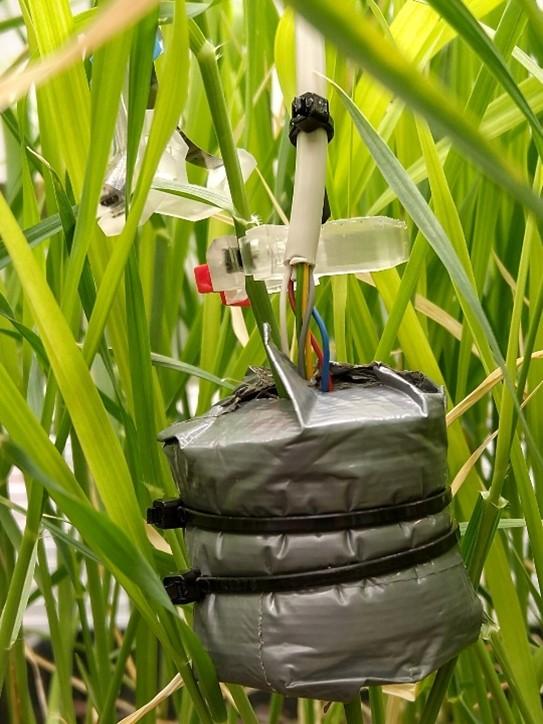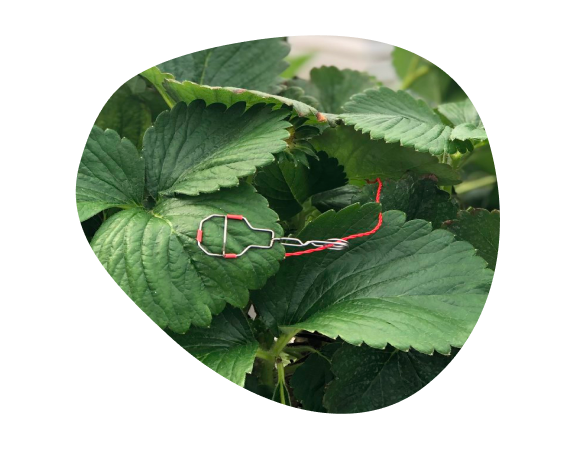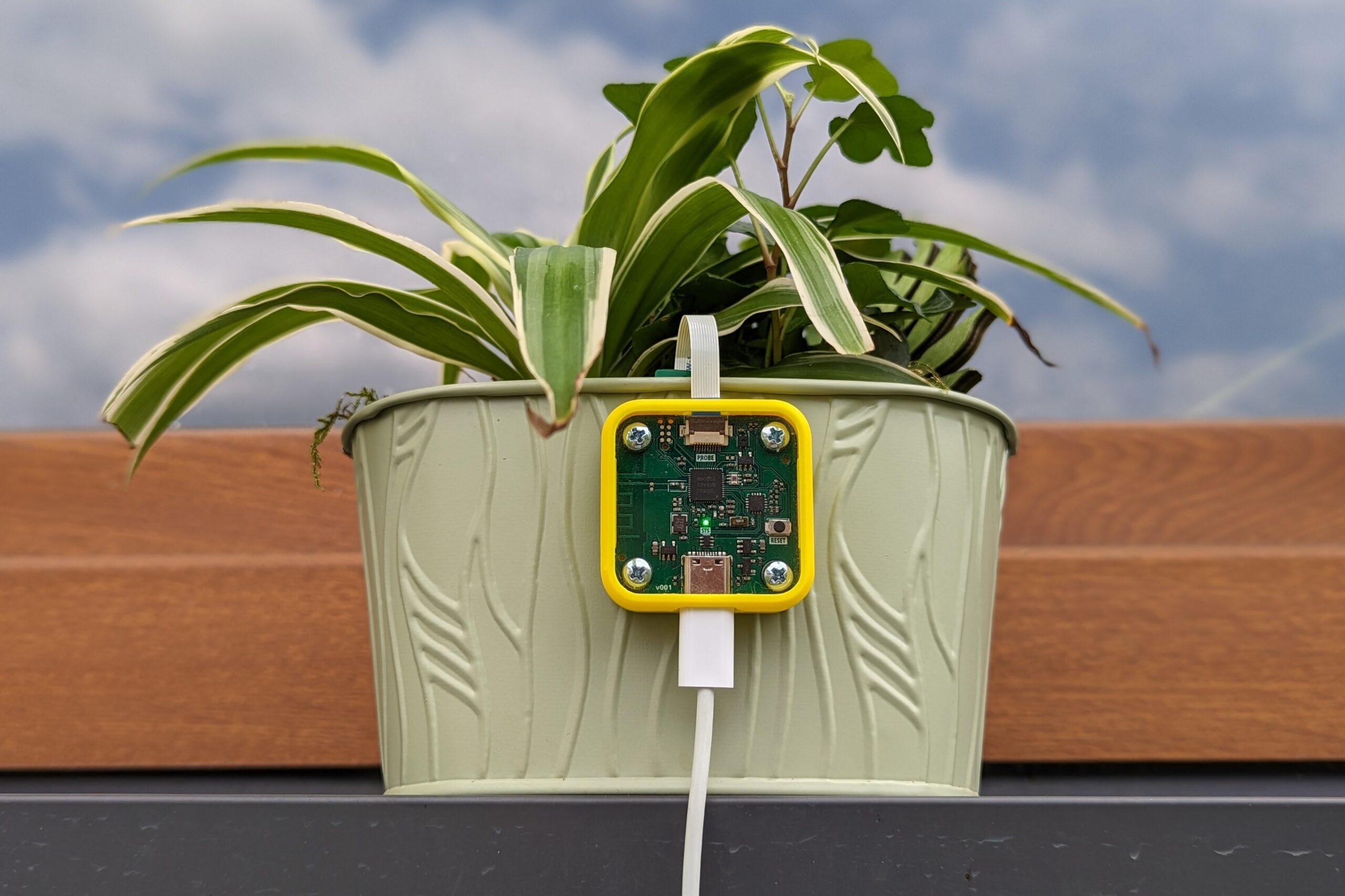To monitor plant health, observe the leaves, stems, and soil conditions. Understanding these basics can help you keep your plants thriving.
Healthy plants are essential for a beautiful garden or home. They bring life and color to your surroundings. But how do you ensure your plants stay in peak condition? Monitoring plant health involves checking for signs of disease, pests, and nutrient deficiencies.
It also includes understanding the proper watering and light needs of each plant. Regularly inspecting your plants allows you to catch problems early. This ensures your plants remain vibrant and strong. In this guide, we will explore the key steps to monitor plant health effectively. Let’s dive in and learn how to keep your plants happy and healthy.
Importance Of Plant Health
Healthy plants grow faster and look beautiful. They produce more flowers and fruits. Healthy plants resist pests and diseases better. They need less care and fewer chemicals. This saves money and time. Healthy plants also improve the environment. They clean the air and provide oxygen. Healthy plants make our homes and gardens more pleasant.
Poor plant health leads to weak and sick plants. They grow slowly and may die. Sick plants attract more pests and diseases. This can spread to other plants. It costs more to treat and care for sick plants. Poor plant health affects our mood and the beauty of our surroundings. It also harms the environment. Sick plants do not clean the air well.
Common Plant Health Issues
Keep an eye on leaf color changes, wilting, and unusual spots to monitor plant health. Regular checks can help spot issues early.
Pests And Diseases
Plants can have many problems. Pests like aphids and mites can harm leaves. Diseases like mold and rust can spread fast. Check for pests often. Look under leaves and stems. Remove any pests you find. Use safe sprays if needed. For diseases, keep plants dry. Water at the base, not on leaves. Trim any sick parts. Clean tools after use.
Nutrient Deficiencies
Plants need nutrients to grow well. Lack of nitrogen can cause yellow leaves. Poor soil may lack potassium, causing weak stems. Brown spots on leaves can mean a lack of calcium. Check soil with a test kit. Add fertilizer if needed. Use compost to enrich soil. Watch plants closely for any changes.
Visual Inspection Techniques
Check the leaf color. Healthy leaves are green. Yellow leaves can mean poor health. Look at the shape too. Twisted or curled leaves show stress. Brown spots are bad. It can mean disease. Healthy leaves are smooth.
Inspect the stems. Strong and firm stems are good. Soft or mushy stems are bad. Check for spots or mold. Look at the roots. Healthy roots are white. Brown or black roots mean trouble. Roots should be firm. Soft roots show problems.

Credit: www.sodavision.com
Soil Health Monitoring
Soil testing helps to check plant health. Basic tests measure pH, nutrients, and organic matter. Use a soil test kit. Follow the instructions. Collect soil samples from different spots. Mix them together. Send the sample to a lab. Home kits give quick results. Labs provide detailed reports.
Test results show soil pH. Ideal pH for most plants is 6 to 7. Low pH means soil is too acidic. High pH means soil is too alkaline. Results also show nutrient levels. Plants need nitrogen, phosphorus, and potassium. Low levels mean plants may not grow well. Adjust the soil with fertilizers. Add compost to improve soil health.
Using Technology For Monitoring
Using technology, farmers can monitor plant health through sensors and drones. These tools detect issues early, ensuring timely interventions.
Smart Sensors
Smart sensors help in tracking plant health. They can measure soil moisture. They also check temperature and light. These sensors send data to your phone or computer. You can know if plants need water or more light. This helps keep plants healthy. It saves time and effort.
Mobile Apps
Mobile apps can also monitor plant health. They use your phone’s camera. Some apps can identify plant diseases. They can tell you how to treat them. You can set reminders to water your plants. Some apps even track growth. All this helps in making your plants thrive.
Regular Watering Practices
Water plants early in the morning. This helps them absorb water well. Evening watering can also work. It gives plants time to soak up water overnight. Check soil moisture often. It should be damp but not soggy. Adjust watering based on weather. Hot days need more water. Rainy days need less.
Yellow leaves can mean too much water. Moldy soil is another sign. Plants may also wilt despite wet soil. Root rot can happen. It’s a serious problem. Check roots if plants look sick. Healthy roots are white. Brown, mushy roots are bad. Reduce watering if you see these signs.
Nutrient Management
Plants need different nutrients. Organic fertilizers come from natural sources like compost. Inorganic fertilizers are made from chemicals. Each type has its own benefits. Organic fertilizers improve soil health. Inorganic fertilizers give quick results. Choose the right type for your plants.
Apply fertilizers correctly for healthy plants. Top-dressing means spreading on soil surface. Side-dressing places fertilizer near plant roots. Foliar feeding sprays nutrients on leaves. Each technique works best in different situations. Follow guidelines for each method. This ensures plants get proper nutrients.

Credit: spacebakery.be
Preventive Measures
Crop rotation is vital for plant health. It involves changing the type of crops grown in a specific area each season. This helps prevent soil depletion and reduces pest buildup. Different plants need different nutrients. So, rotating crops ensures soil remains rich. It also disrupts pest life cycles. Healthier plants grow as a result. Better yield too.
Companion planting means growing plants that benefit each other together. Some plants repel pests. Others provide shade or improve soil nutrients. For example, planting basil near tomatoes can repel pests. Beans fix nitrogen in the soil, helping nearby plants. This method reduces the need for chemicals. Healthier plants and soil follow. A simple yet effective technique.
Record Keeping
Writing down details about your plants helps track their health. Note the date, weather, and any changes you see. This information helps find patterns. Did the plant get sick after heavy rain? Keeping a journal makes it easy to spot such connections.
Use apps or software to keep records digitally. These tools can remind you about watering or fertilizing. Some apps let you take and store photos of your plants. This way, you can compare changes over time. Digital records are easy to update and search. They can be a great help in monitoring plant health.

Credit: www.waybeyond.io
Frequently Asked Questions
What Are The Signs Of A Healthy Plant?
Healthy plants have vibrant leaves, steady growth, and no discoloration. They should also have strong stems and no pests.
How Often Should I Check My Plants?
Check your plants weekly for any changes. Regular monitoring helps catch issues early and ensures optimal health.
What Tools Help Monitor Plant Health?
Use moisture meters, pH testers, and magnifying glasses. These tools help detect issues like overwatering, nutrient deficiencies, and pests.
Why Are My Plant’s Leaves Turning Yellow?
Yellow leaves often indicate overwatering, nutrient deficiency, or pest issues. Check soil moisture and examine for pests to diagnose.
Conclusion
Monitoring plant health doesn’t have to be complicated. Regular checks help spot issues early. Pay attention to leaves, stems, and soil. Use simple tools for accurate readings. Healthy plants need balanced water, light, and nutrients. Address problems quickly to prevent spread.
Enjoy the process and watch your plants thrive. Happy gardening!

My mission is to help you bring the beauty of nature indoors with expert advice, detailed plant care guides, and creative design ideas.





Leave a Reply